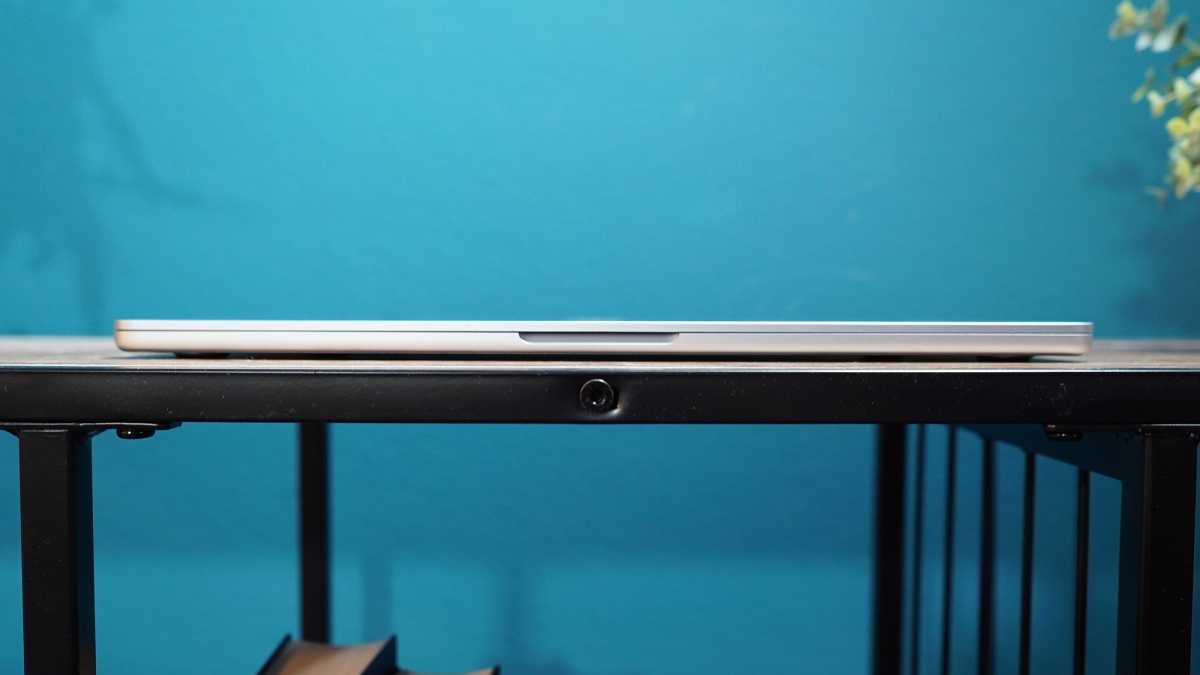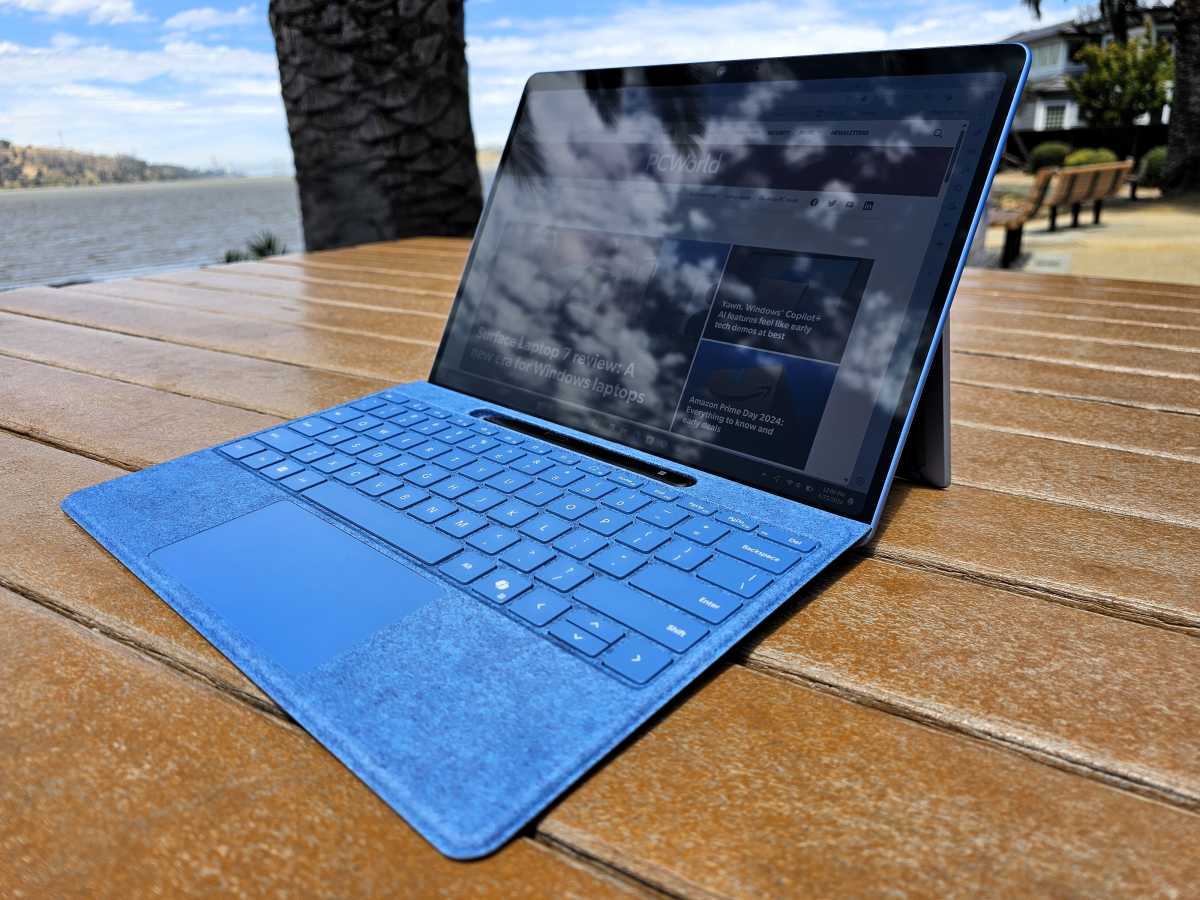Apple is right: Touchscreen laptops suck
Apple gets a lot of flak for not adding touchscreens to their MacBook laptops, but the reason for this decision is pretty darn sound even if it annoys some people. Windows laptops with touchscreens get dirty at the drop of a hat and add weight to the notebook itself.
I think Apple’s actually on the right track here. Because I know I’m probably in the minority, but touchscreen laptops suck.
Table of Contents
Why Apple’s making the right call
Sometimes the best feature is the one that’s left out, and I fully stand by that statement. I believe the reason behind MacBooks ignore touchscreens comes down to ergonomics and costly redesigns. I mean, let’s be real, it gets physically uncomfortable to lift your arm and tap the screen, especially if you’ve been repeating the same motion for hours. It’s an unnatural movement. A trackpad or mouse is much more ergonomic. As for costly redesigns, well that’s a whole other thing.
If Apple were to start adding touchscreen displays to their MacBooks, they’d likely be thicker and heavier because you’d now need new internal bits for the touch input. You’ve got to put more engineering time in it now, which ups both the cost and the weight. This kind of rails against MacBooks and what they’re known for, which are their sleek and portable designs. It misses the point entirely.

Eugen Wegmann
I don’t believe Apple’s decision is one that stems from a place of stubbornness (or a desire to avoid cannibalizing iPad sales), it’s about prioritizing making a better laptop. Honestly? I totally get it. Not every company needs to jump on the next big trend just because everyone else is doing it. Sometimes, less really is more.
Touchscreen laptops might seem premium on paper, but they’re overhyped
Laptop makers really love to hype up touch displays as a tech-forward, premium feature, especially on 2-in-1 models that flip around to function like a tablet. The thing is, most people don’t need a touchscreen. The only exceptions are digital artists or note-takers who use it as a canvas or digital notebook. For everyone else, you end up with a smudgy screen, a heavier laptop, and shorter battery life.
Nothing sets me off faster than visible fingerprints. Whether they’re on my glasses or laptop screen, they make me want to tear my hair out–especially if I’m in the middle of something important and have to stop what I’m doing to hunt down a microfiber cloth. (Those dang things seem to vanish the second you need them.)
Like every other smudge-prone human on the planet Earth, I leave fingerprints on just about everything, and it’s a daily frustration. If my laptop screen shows any smudges while I’m watching anime with my husband (a nightly tradition in this household), some inner compulsion kicks in–I’ll pause the show just to wipe them off. The funniest part of this story is that I don’t even use the touchscreen all that much. I naturally default to either the trackpad or an external mouse.
Touchscreens drain the battery and add bulk
Beyond the annoyance of fingerprints, touchscreens come with other trade-offs. First off, they’re just heavier laptops. The glass layer inside needs to be durable and thick enough to withstand all the prodding, which adds weight to the laptop. The sensor grid (the part that detects your finger) also adds heft since it’s another electronic component that gets sandwiched in there. Finally, these laptops require stronger hinges (reinforced = more material) to prevent the screen from wobbling when it’s in tent or clamshell mode.
Touchscreens do a number on the battery life, too. Even when you’re not using the touchscreen, the sensor grid goes into standby mode as it waits for touch input. This mode continues to draw power and quietly sip the battery life. Touchscreen laptops also have glossy displays, so you’ll need to crank up the brightness if you’re using it in a room with a lot of sunlight. The reflective glare from glossy displays can be a real pain in the neck. All of this really impacts the battery.

Mark Hachman / IDG
It’s the worst when you accidentally brush the screen. This seems to always happen when my husband and I are kicking back after a long day. Sometimes I get passionate about some weird topic and start throwing my hands around, which ends up with me whacking the display. Suddenly, I’m on some random page or YouTube video and I’m totally thrown off. While it only takes me a few seconds to remedy the situation, it still makes my eye twitch with slight frustration.
Who actually needs a touchscreen?
I’m pretty anti-touchscreen, that’s true, but I also have to recognize the other side of this and that’s the people who benefit from them. Digital artists and educators need them for sketching, taking notes, or scrolling through presentation slides. They’re also great for accessibility users that need the extra flexibility and control they uniquely offer.
This is all totally valid and if a touchscreen works for you, then who am I to tell you not to use them? You do you, stylus and all.
Apple’s missing feature is its biggest win
Apple’s refusal to add touchscreens to MacBooks might frustrate some folks, but I see it as a smart and thoughtful choice. The best designers are often the ones that know when to pull back, and I think that’s the case here. Keep touchscreens away from my computers. I’d rather have a lightweight laptop than a chunkier laptop covered in the natural oil from my fingertips.






